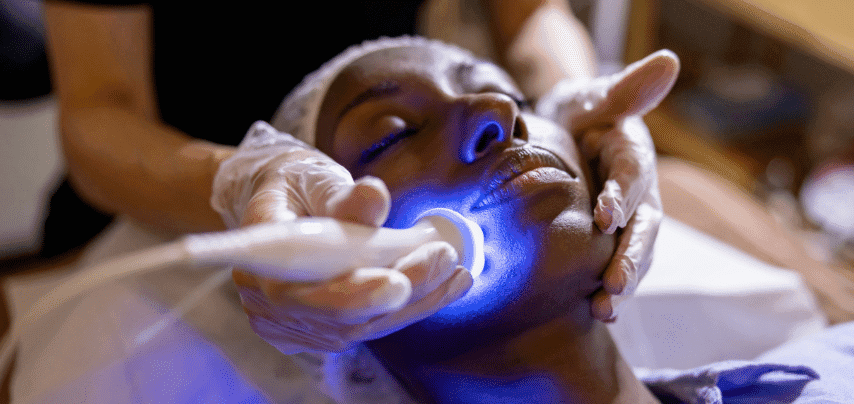An extensive UK-wide study published earlier this week has found that consultations conducted remotely can be riskier for patients with certain urgent medical conditions.
Although most remote consultations are safe, according to the Remote by Default study published in the journal BMJ Quality and Safety, some remote GP consultations carry more risk for vulnerable patients with certain urgent conditions. These include remote appointments with patients with new chest or abdominal pain, those receiving palliative care, and people with physical injuries or diabetes.
The report found that these groups of patients face increased safety risks in a remote context, including missed or inaccurate diagnoses, under-estimation of severity, delayed referral and treatment and inadequate follow-up.
The Remote by Default study was carried out by research teams from the Universities of Oxford and Plymouth and the Nuffield Trust. The researchers identified various patient factors that make online healthcare appointments intrinsically riskier. These included appointments with patients who are very old or very young, those in certain care settings, and those facing communication challenges such as language barriers, deafness, or learning disabilities. The study found that remote consultations could also be riskier for patients who find it hard to understand how the healthcare system works or those who either don’t possess or struggle with using technology, particularly a smartphone, for such appointments.
The growth in remote medicine
There has been a rapid growth in remote consultations in primary care since the onset of the covid pandemic in 2020. The pandemic resulted in a sudden and dramatic shift towards remote consultations, which were essential to safeguard patients and staff. The vast majority of GP patients received care over the phone during this period.
As the pandemic pressures have eased, there has been a significant return to in-person appointments. However, telephone and online consultations using electronic forms are increasingly seen as crucial methods for delivering care. Rightly or wrongly – and the evidence is ambivalent – remote medicine is widely considered by government departments and commissioning bodies to represent a proportionate and cost-effective solution to reduced capacity and stretched resources. The genie is out of the bottle, and it looks like it’s here to stay.
Lessons for health and care providers
The Remote by Default paper identified a number of key steps for clinical staff, practices, and patients to enhance the quality and safety of remote consultations:
Effective communication skills: The researchers emphasised the importance of effective soft skills in eliciting a full history that is vital to make an accurate assessment remotely of the nature, severity, and urgency of the presenting problem. Researchers concluded that it is essential for clinical staff to make patients comfortable and to establish a good rapport on the phone, and to carefully listen to their story and clarify any points as needed. There is also an increased onus on staff conducting remote appointments to take a very thorough note of the patient's (or parent's or carer's) concerns.
Clear communication at the end of consultations: Clinicians should take care to ensure that patients understand the next steps in their care and know whom to contact if things don't go as planned. Best practice is that verbal advice should always be followed up with a text or email, and clinicians should have patients repeat back the instructions to ensure clarity.
Enhancing practice processes: The report identified a number of ways that practices can improve the safety of remote consultations by refining their processes to prevent patients from getting confused and ‘lost in the system’. Additionally, working arrangements should be adjusted to minimise distractions for staff handling incoming calls.
Active patient involvement: The report also highlighted the responsibilities that service users have in ensuring the effectiveness of their remote consultations. They should inform their clinicians of all key points about their condition, even if shared with another team member, and make it clear whether their condition is deteriorating. The report emphasised that patients should feel empowered to request an in-person appointment if they've had two remote appointments without improvement and ask for written information via text message for further instructions.
Conclusion
Although there has been a significant return to in-person appointments since the end of the pandemic, it’s clear that remote delivery of primary care – whether by phone or online – is here to stay.The Remote by Default paperis a serious and important study into the increased safety risks for vulnerable patients that are associated with these modes of delivery of health and care services. The paper again emphasises the importance to providers of ensuring that they take a careful history, that they communicate clearly and that they keep a very clear record of the appointment, to help manage and reduce these risks.



